The company is already the industry leader when it comes to gate-all-around transistors, but so far it’s yet to really make a dent in TSMC’s market share.


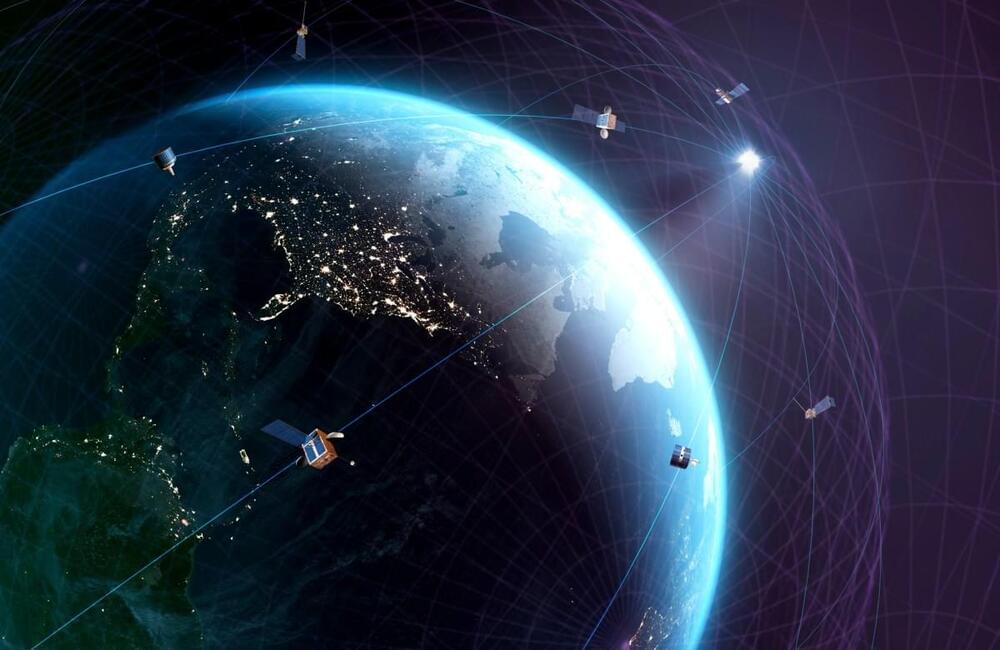
Hubble Network has become the first company in history to establish a Bluetooth connection directly to a satellite — a critical technology validation for the company, potentially opening the door to connecting millions more devices anywhere in the world.
The Seattle-based startup launched its first two satellites to orbit on SpaceX’s Transporter-10 rideshare mission in March; since that time, the company confirmed that it has received signals from the onboard 3.5mm Bluetooth chips from over 600 kilometers away.
The sky is truly the limit for space-enabled Bluetooth devices: The startup says its technology can be used in markets including logistics, cattle tracking, smart collars for pets, GPS watches for kids, car inventory, construction sites and soil temperature monitoring. Haro said the low-hanging fruit is those industries that are desperate for network coverage even once per day, like remote asset monitoring for the oil and gas industry. As the constellation scales, Hubble will turn its attention to sectors that may need more frequent updates, like soil monitoring, to continuous coverage use cases like fall monitoring for the elderly.
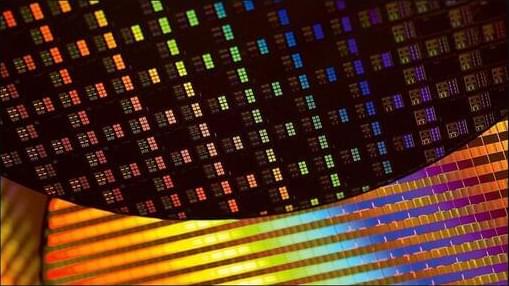
TSMC has announced a new process for 2026 that seems to be a direct attack on Intel. As we all know, Intel’s first Angstrom node is Intel 20A, to be followed by Intel 18A. In a move reminiscent of a disposable razor commercial, TSMC has announced a new process called “A16” for 2026—which, as you can see, has a lower number than Intel’s competing nodes. It will also be the first TSMC process to offer backside power delivery, which Intel will also deliver with its Angstrom nodes.
TSMC unveiled the A16 process at its North America Technology Symposium in Santa Clara this week. Notably, Intel has its headquarters in Santa Clara, so this is like TSMC standing on the company’s front lawn and yelling, “You want some of this?!” The A16 process will follow the company’s 2nm node and feature nanosheet gate-all-around (GAA) transistors along with backside power delivery, which it calls Super Power Rail architecture. TSMC says A16 will offer 8–10% more performance than N2P at the same power or enable a 15–20% reduction in power requirements with the same performance. It will also feature a 1.1x increase in density.
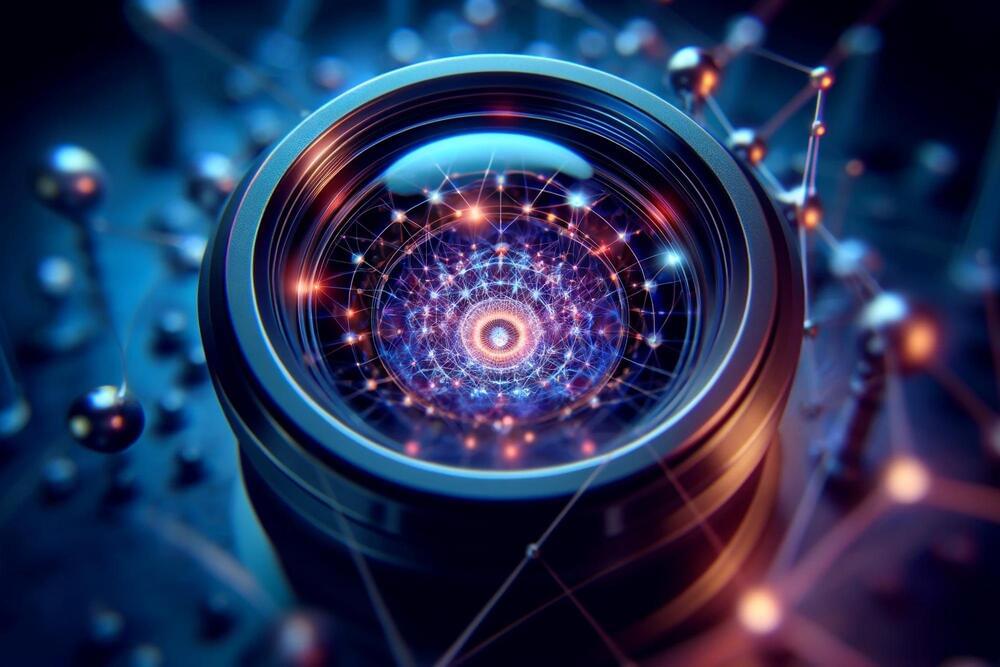
QUIONE, a unique quantum-gas microscope developed by ICFO researchers in Spain, utilizes strontium to simulate complex quantum systems and explore materials at the atomic level. It aims to solve problems beyond current computational capabilities and has already demonstrated phenomena like superfluidity.
Quantum physics needs high-precision sensing techniques to delve deeper into the microscopic properties of materials. From the analog quantum processors that have emerged recently, the so-called quantum-gas microscopes have proven to be powerful tools for understanding quantum systems at the atomic level. These devices produce images of quantum gases with very high resolution: they allow individual atoms to be detected.
Development of QUIONE.
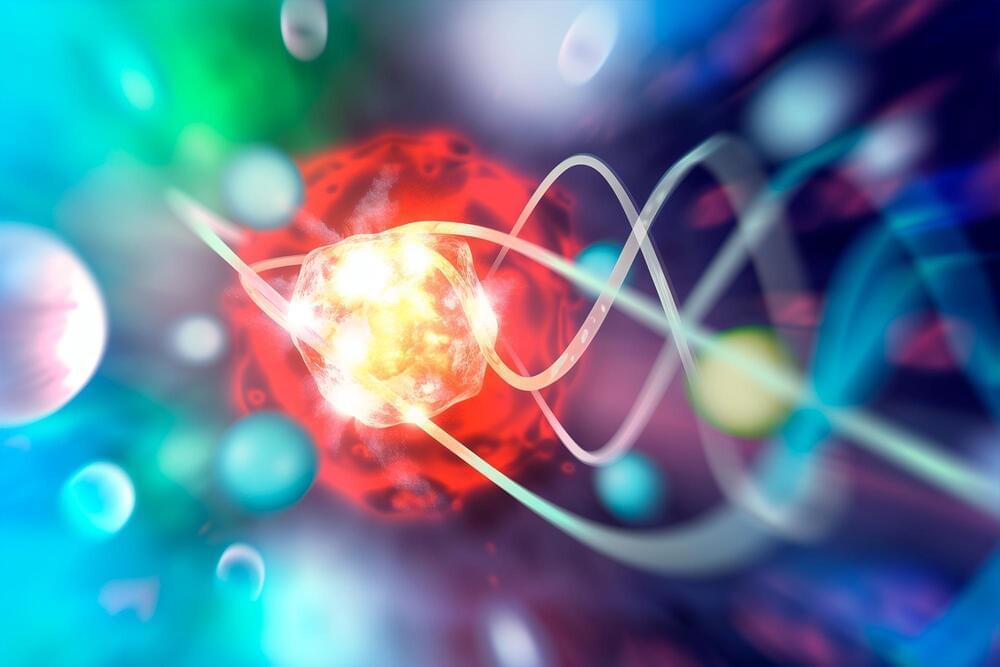
Scientists have introduced a groundbreaking form of quantum entanglement known as frequency-domain photon number-path entanglement. This leap in quantum physics involves an innovative tool called a frequency beam splitter, which has the unique ability to alter the frequency of individual photons with a 50% success rate.
For years, the scientific community has delved into spatial-domain photon number-path entanglement, a key player in the realms of quantum metrology and information science. This concept involves photons arranged in a special pattern, known as NOON states, where they’re either all in one pathway or another, enabling groundbreaking applications like super-resolution imaging that surpasses traditional limits, the enhancement of quantum sensors, and the development of quantum computing algorithms designed for tasks requiring exceptional phase sensitivity.
In a new paper published in Light Science & Application, a team of scientists, led by Professor Heedeuk Shin from Department of Physics, Pohang University of Science and Technology, Korea, have developed an entangled states in the frequency domain, a concept akin to spatial-domain NOON states but with a significant twist: instead of photons being divided between two paths, they’re distributed between two frequencies. This advancement has led to the successful creation of a two-photon NOON state within a single-mode fiber, showcasing an ability to perform two-photon interference with double the resolution of its single-photon counterpart, indicating remarkable stability and potential for future applications.

The novel approach to estimating river water storage and discharge also identifies regions marked by ‘fingerprints’ of intense water use.
A study led by NASA researchers provides new estimates of how much water courses through Earth’s rivers, the rates at which it’s flowing into the ocean, and how much both of those figures have fluctuated over time — crucial information for understanding the planet’s water cycle and managing its freshwater supplies. The results also highlight regions depleted by heavy water use, including the Colorado River basin in the United States, the Amazon basin in South America, and the Orange River basin in southern Africa.
For the study, which was recently published in Nature Geoscience, researchers at NASA’s Jet Propulsion Laboratory in Southern California used a novel methodology that combines stream-gauge measurements with computer models of about 3 million river segments around the world.

Plant life first emerged on land about 550 million years ago, and an international research team co-led by University of Nebraska–Lincoln computational biologist Yanbin Yin has cracked the genomic code of its humble beginnings, which made possible all other terrestrial life on Earth, including humans.

Exoplanet, K2-18b, raised several eyebrows with both the scientific community and the public in 2023 when NASA’s James Webb Space Telescope found a molecule called dimethyl sulphide (DMS) in the atmosphere of this Hycean world. However, a recent study published in The Astrophysical Journal Letters consisting of a team of international researchers led by the University of California, Riverside (UC Riverside) use computer models to challenge these recent findings. This study holds the potential to help scientists better understand what data analysis methods are the most efficient in identifying potential biosignatures on exoplanets.
“What was icing on the cake, in terms of the search for life, is that last year these researchers reported a tentative detection of dimethyl sulfide, or DMS, in the atmosphere of that planet, which is produced by ocean phytoplankton on Earth,” said Dr. Shang-Min Tsai, who is a postdoctoral researcher at UC Riverside and lead author of the study.
For the study, the researchers used a variety of 2D and 3D computer models to ascertain the likelihood of detecting DMS within the data. in the end, they found that DMS could not be detected within the data but were quick to note that accumulation of DMS could result in it reaching amounts where it could be detected. To find DMS, JWST would need to use a more powerful instrument than what it used last year to identify DMS, which it hopes to use later this year.
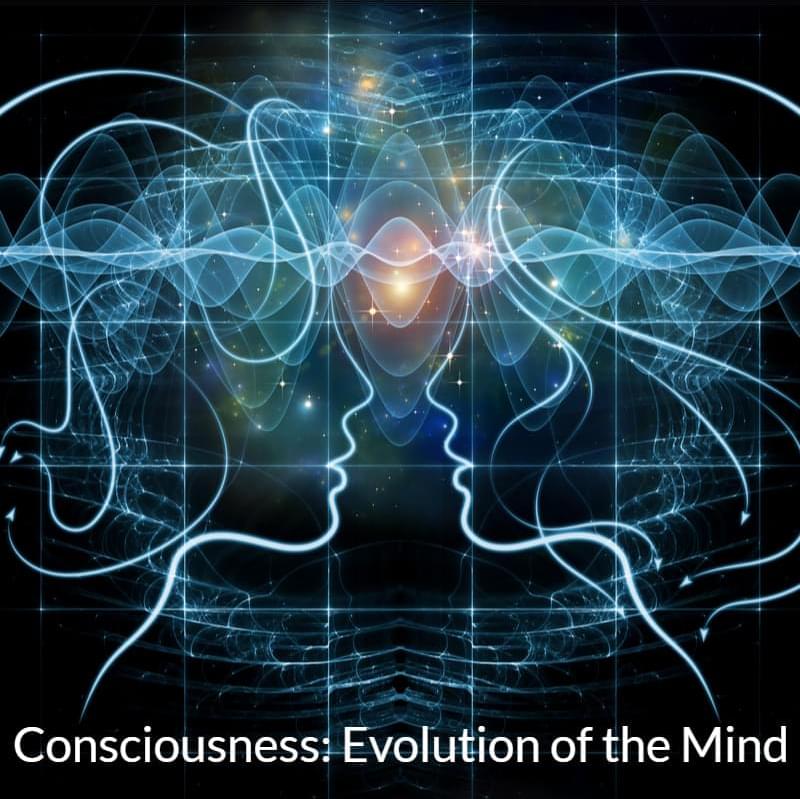
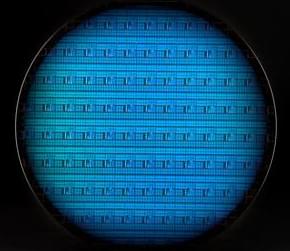
Research published in Nature demonstrates high qubit control fidelity and uniformity in single-electron control.
SANTA CLARA, Calif., May 1, 2024 —(BUSINESS WIRE)—Today, Nature published an Intel research paper, “Probing single electrons across 300-mm spin qubit wafers,” demonstrating state-of-the-art uniformity, fidelity and measurement statistics of spin qubits. The industry-leading research opens the door for the mass production and continued scaling of silicon-based quantum processors, all of which are requirements for building a fault-tolerant quantum computer.
Quantum hardware researchers from Intel developed a 300-millimeter cryogenic probing process to collect high-volume data on the performance of spin qubit devices across whole wafers using complementary metal oxide semiconductor (CMOS) manufacturing techniques.